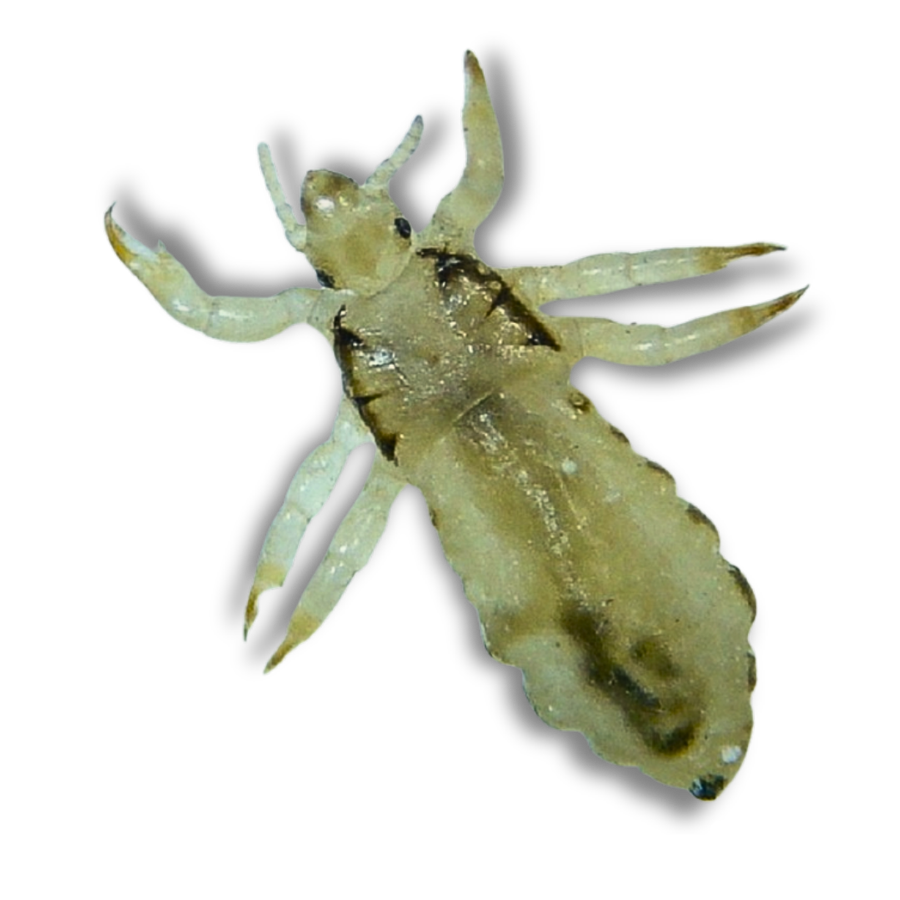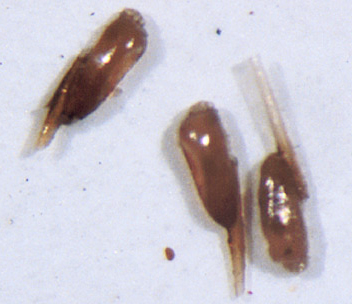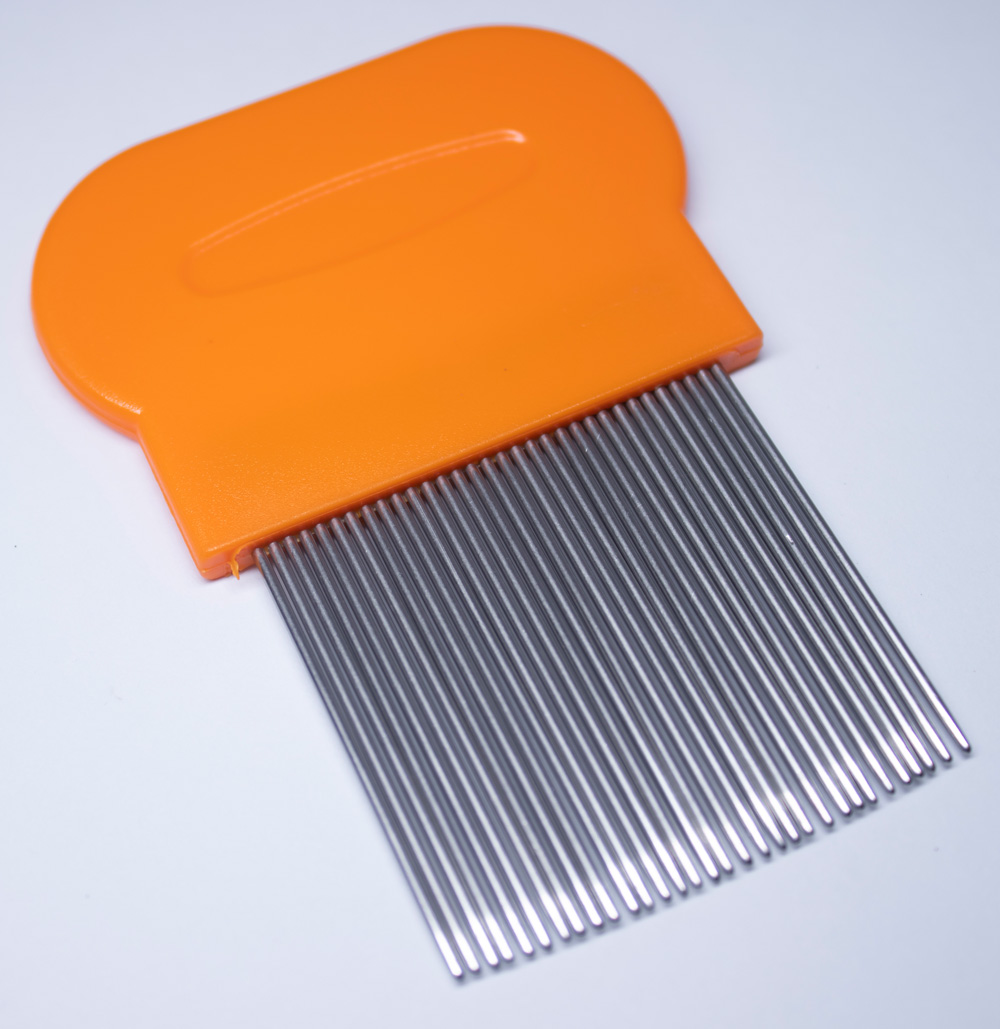Head Lice 101: The Basics
Signs of Head Lice
- frequent head scratching
- complaints of itchy scalp/head, and
- redness behind ears or on the back of the neck
Head Lice Facts
- Do not panic! Head lice are not an emergency and, in most cases, do not pose any health risk. Misuse of pesticides, however, and use of unlabeled treatments (e.g., kerosene, veterinary shampoos) can pose a health risk
- Head lice CANNOT live more than 24–48 hr off their human host.
- Head lice CANNOT live on pets.
- Head lice CANNOT reproduce in carpets, furniture or other household furnishings.
- PESTICIDE SPRAYS DO LITTLE OR NOTHING TO CONTROL LICE. NEVER treat your home, car, furniture, beds, pillows, or clothing with pesticides (e.g., "lice bombs," flea bombs, sprays, etc.) in an attempt to control head lice. You will expose yourself and your family to unnecessary pesticide risk.
- If your school sprays rooms, buses, furniture, etc., to control head lice, ask them to stop immediately. Refer your school to UGA Extension Circular 850, A School's Guide to the "Nitty-Gritty" about Head Lice.
- Head lice are very common among all classes of people. More than 12 million people, mostly children and school personnel, get head lice each year.
How Can I Get Rid of Head Lice?
- Direct head-to-head contact with an infested person is the main way head lice are transmitted, but they may also be transmitted by sharing hats, scarves, headphones, combs, and other hair accessories.
- Lice cannot hop, jump or fly, but they can crawl rapidly.
- The best treatment for head lice is manual removal (see "10 Tips for Manual Removal" in this publication).
- If a lice shampoo is warranted, ask your doctor or pharmicist for specifics on the product and follow all label instructions exactly. Misapplications can be ineffective and dangerous as well.
Head Lice are Small, Wingless Parasitic Insects

They are typically 1/6 to 1/8 in. long, and have light brown bodies with darker legs. The claws on the end of each of their legs (shown in Figure 1) are adapted to grasping and holding onto hair.
A Child Cannot "Catch Nits." Nits (Lice Eggs) Can Only be Laid by Live Lice

Female head lice glue their grayish-white to brown eggs (nits) securely to hair strands. The eggs are resistant to pesticides, and they are difficult to remove without a specialty fine-toothed "nit-comb." The nits are generally near the scalp, but they may be found anywhere on the hair strand.
How to Avoid a "Hair-Raising" Experience
Head lice can affect anyone. They do not imply a lack of hygiene or cleanliness of the infested person.
- Watch for signs of head lice. Check your children every few days if head lice are reported at their school. Lice are easier to eliminate if caught early.
- Teach your children not to share hats, headgear, scarves, headphones, and grooming items (combs, hairbrushes, etc.) and to avoid direct head-to-head contact.
- To kill lice on bedding, clothes, etc., wash and dry them as you would ordinarily. Laundry additives like bleach and ammonia don't improve the removal of lice. Regular laundry detergent will work effectively. Use hot water when washing for best results. NEVER add any pesticides or unlabeled treatments. Vacuum materials that cannot be washed.
- If you are concerned about head lice on carpets or furniture, vacuum them thoroughly. NEVER spray them with a pesticide.
- To kill lice on brushes, combs, or hair accessories, wash them with hot, soapy water. NEVER spray them with a pesticide.
- Cooperate with your school's head lice policy. Your child may be temporarily excluded from the school, but the policy helps avoid widespread lice outbreaks.
10 Tips for Manual Removal

“Manual removal is the safe alternative and necessary component of any head lice treatment regimen.” –National Pediculosis Association
You can completely control a head lice infestation with manual removal alone. You cannot completely control head lice with head lice shampoos alone. You must combine shampoo treatment with manual removal.
- Work in a well lighted area or use a flashlight and magnifier (or your phone's camera).
- Use a grooming comb or hairbrush to remove tangles. A hair detangler spray or other hair conditioner may aid in this process.
- Divide the hair into sections and fasten off the hair that is not being worked on.
- Use a lice comb to detect and remove lice and nits. See Figures 1 and 2 in this publication.
- Go through hair sections from the scalp to the end of the hair. Nits are usually found close to the scalp.
- Dip the comb in a cup of hot, soapy water or use tape to remove lice, nits, or debris from the comb.
- Sift through the same section of hair and look for attached nits and live lice.
- Move on to the next section until the entire scalp and all hair has been checked.
- Screen the infested person every day for 10 days and regularly thereafter.
- If additional nits (at least 3–5 per day) are discovered, another manual search is recommended.
We acknowledge and thank L. Paul Guillebeau and Gretchen Van De Mark, former UGA entomologists, for their contributions to the original manuscript of this publication.
Status and Revision History
Published on Aug 17, 2004
Published on Mar 23, 2009
Published with Full Review on Feb 01, 2014
Published with Minor Revisions on Feb 28, 2017
Published with Minor Revisions on Jul 23, 2024


























































